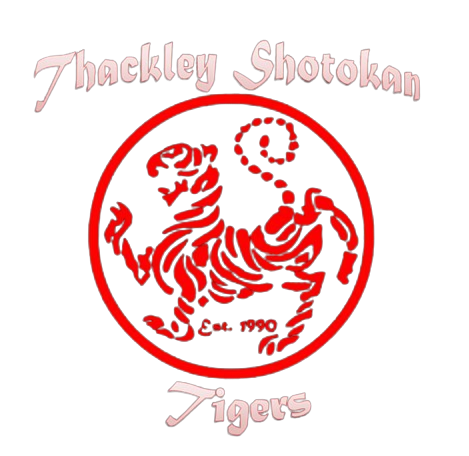The Origins of Shotokan Karate
Shotokan Karate: A History
Shotokan Karate is a traditional Japanese martial art that has a rich and influential history. Its development is closely tied to the life and work of its founder, Gichin Funakoshi. The history of Shotokan Karate can be traced back to the early 20th century, and its evolution has been marked by significant events and contributions from various individuals.
1. **Gichin Funakoshi (1868-1957):**
- The story of Shotokan Karate begins with Gichin Funakoshi, who is often referred to as the "Father of Modern Karate." Born in Okinawa in 1868, Funakoshi started his martial arts training in his youth under the guidance of various Okinawan masters, including Anko Itosu.
- Funakoshi was instrumental in introducing Karate to mainland Japan. In 1922, he was invited to demonstrate Karate at the First National Athletic Exhibition in Tokyo, which marked the beginning of Karate's journey beyond Okinawa.
2. **Introduction to Japan:**
- Funakoshi's demonstration in Tokyo caught the attention of influential martial artists and educators. Subsequently, he decided to stay in Japan to teach Karate, contributing significantly to the popularization of the art on the mainland.
- In 1936, Funakoshi established the Shotokan Dojo in Tokyo, named after his pen name "Shoto," meaning "pine waves," which he used in his poetry. The term "Shotokan" eventually became synonymous with the style of Karate developed by Funakoshi.
3. **Development and Structure:**
- Funakoshi's approach to Karate emphasized both physical and mental development. He integrated aspects of traditional Okinawan Karate with Japanese martial arts philosophy, creating a systematic and structured curriculum.
- Shotokan Karate is characterized by its emphasis on powerful, linear techniques and a deep focus on kata (pre-arranged forms) as a means of transmitting and preserving techniques.
4. **Spread and Globalization:**
- After World War II, several of Funakoshi's students, including his sons, continued to spread Shotokan Karate both in Japan and internationally. This marked the global expansion of the art.
- Organizations such as the Japan Karate Association (JKA), founded in 1949, played a crucial role in promoting and standardizing Shotokan Karate. The JKA, under the leadership of various masters, became a central force in the development of the style.
5. **Evolution and Variations:**
- Over the years, different Shotokan organizations and schools have emerged, each with its own emphasis on certain aspects of training or variations in techniques. These variations often reflect the interpretations and influences of various senior instructors.
6. **Legacy:**
- Gichin Funakoshi's legacy endures in the form of the millions of practitioners worldwide who continue to study and practice Shotokan Karate. The art has become one of the most widely practiced styles of Karate globally.
Shotokan Karate's journey from Okinawa to mainland Japan and its subsequent global spread showcase its adaptability and enduring appeal. It remains a cornerstone of traditional martial arts, influencing countless practitioners and leaving an indelible mark on the world of Karate.

